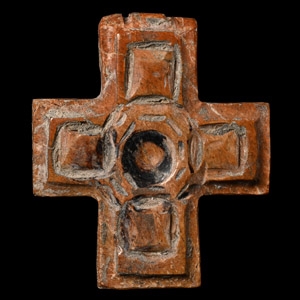Home > Auctions > 5 - 9 September 2023
Ancient Art, Antiquities, Natural History & Coins
Auction Highlights:
From the Siberian Tundra.
From the private collection of Mr J S, Northamptonshire, UK.
Property of a Cambridgeshire gentleman.
See Lister & Bahn, Mammoths, for general information.
Mammoths were animals of the Ice Age; they co-existed with and were hunted by early man; Siberia is famed for discoveries of frozen mammoth carcasses (see 'Dima' and 'Lyuba' for examples) and for the hut circles where mammoth bones and tusks were used as building materials; tusks have been traded for at least 2,000 years and in modern times, Siberian natives still hunt for them and use the fossil ivory as raw material.
From Xingyi, Guizhou, China.
Acquired 1950s-1960s.
From an old Bristol, UK, palaeontological collection.
Keichousaurus was a late Triassic marine reptile, and a member of the Pleurosaur family. They went extinct 250 million years ago during the Triassic- Jurassic extinction event. They were specialised fish eaters, and were highly unusual amongst marine reptiles in that they gave birth to live young rather than laying eggs.
From Xingyi, Guizhou, China.
Acquired 1950s-1960s.
From an old Bristol, UK, palaeontological collection.
Keichousaurus was a late Triassic marine reptile, and a member of the Pleurosaur family, and went extinct 250 million years ago during the Triassic-Jurassic extinction event. They were specialised fish eaters, and were highly unusual amongst marine reptiles in that they gave birth to live young rather than laying eggs.
From the Holderness Coast, Yorkshire, UK.
Found by scuba divers, May River, South Carolina, USA.
Carcharodon megalodon is regarded as one of the largest and most powerful marine predators in vertebrate history and likely had a profound impact on structuring of the marine communities. Fossil remains indicate that this giant shark reached a length of more than 16 metres (52 ft) and also affirm that it had a cosmopolitan distribution. Scientists suggest that in life it looked like a stockier version of the great white shark, Carcharodon carcharias.
From the exhausted Coningsby Quarry, Scunthorpe, Lincolnshire, UK.
From the exhausted Coningsby Quarry, Scunthorpe, Lincolnshire, UK.
Ex family collection since the 1950s.
Property of an East Sussex, UK, teacher.
Cf. Nolte, B., Die Glasgefäße in alten Ägypten, Berlin, 1968, item 26, for type.
The vessel is a version in lathe-turned wood of a type known to have been produced in glass.
Acquired 1970s-1996.
Property of a North American collector.
London collection, 2016.
See Andrews, C., Amulets of Ancient Egypt, London, 1994, for discussion.
Ex N.A. collection, 1970s.
Kept in the U.K. since 2007.
Acquired on the UK art market.
Property of a Ruislip, UK, gentleman, by inheritance.
Old UK collection, circa 2000.
Ex DRG Coins and Antiquities, Essex, UK.
Property of an East Sussex, UK, teacher.
Accompanied by a DRG certificate of authenticity and provenance statement.
Cf. similar item in the collection of the British Museum under accession no. OA.913.
241 - 252 of 2453 LOTS

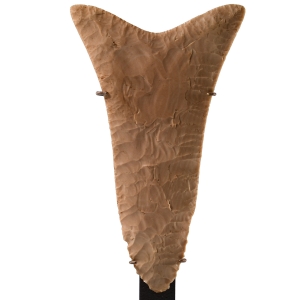
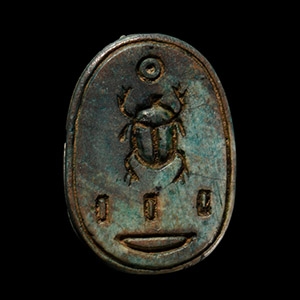
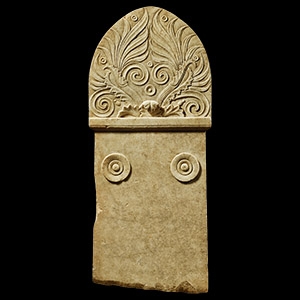
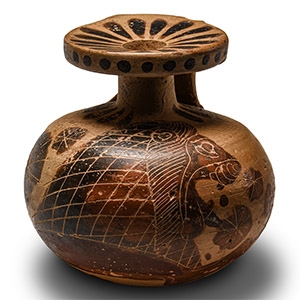
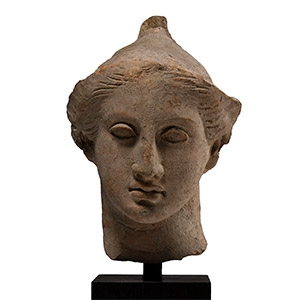
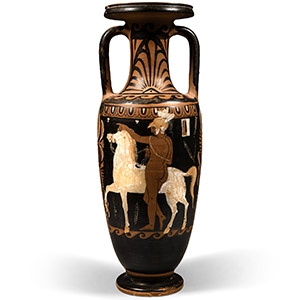
.jpg)
.jpg)
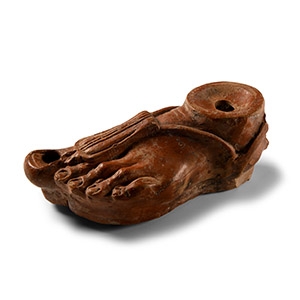
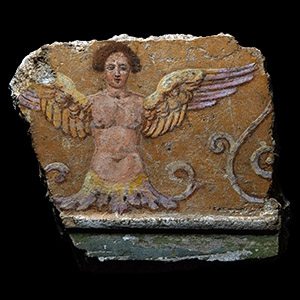
.jpg)
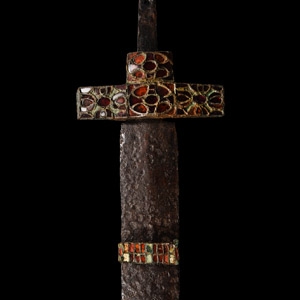
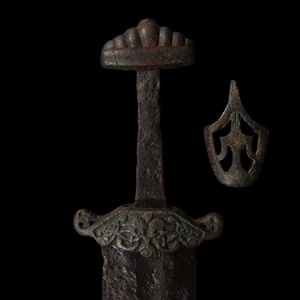
.jpg)
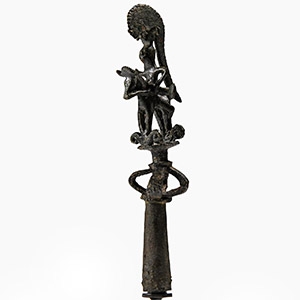


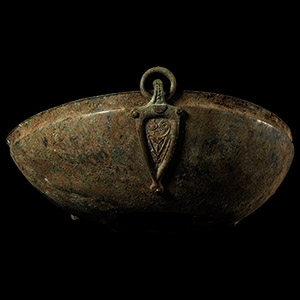
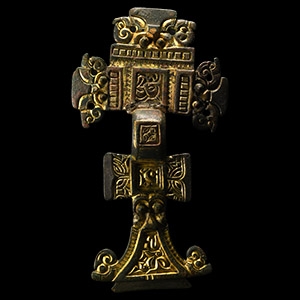
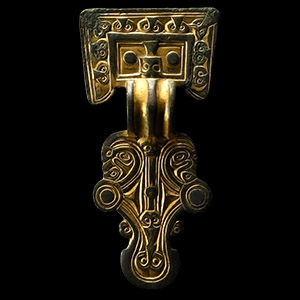
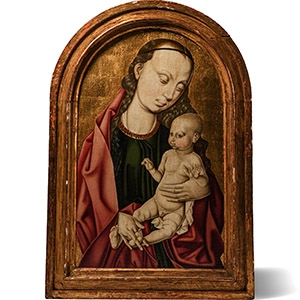

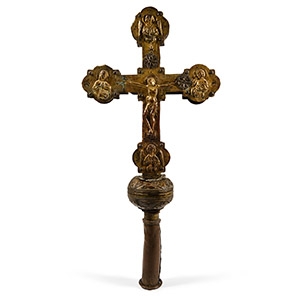
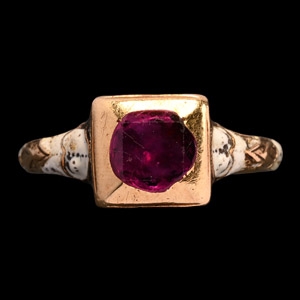
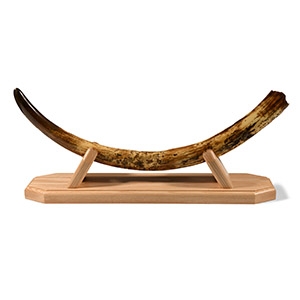
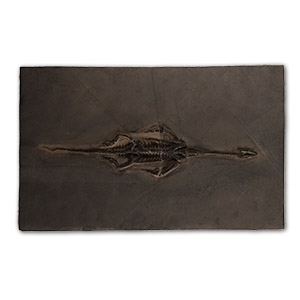

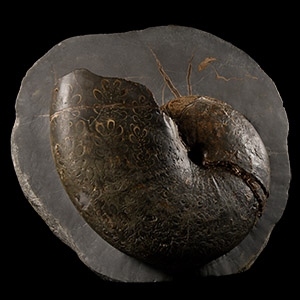
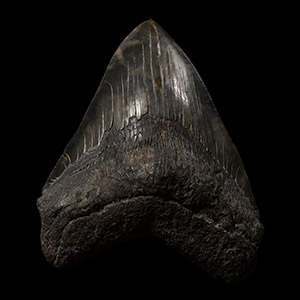
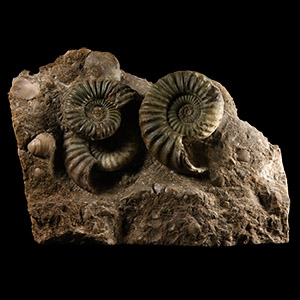
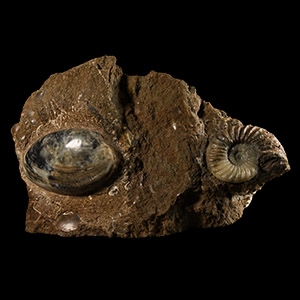

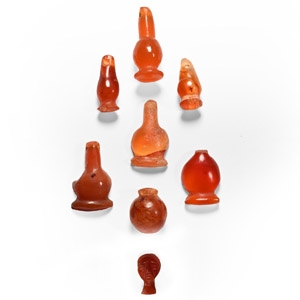
.jpg)

